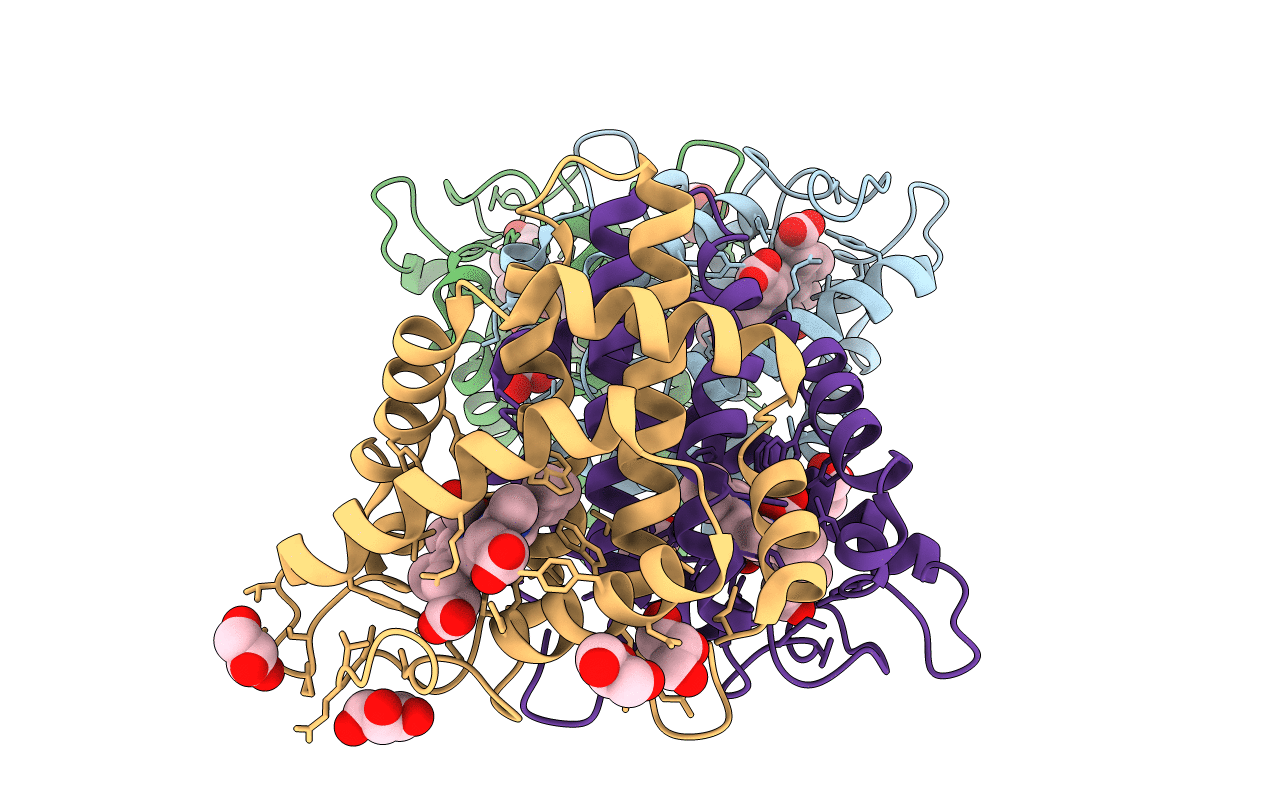
Deposition Date
2012-12-19
Release Date
2013-03-27
Last Version Date
2023-12-20
Entry Detail
PDB ID:
3ZH0
Keywords:
Title:
Functional and structural role of the N-terminal extension in Methanosarcina acetivorans protoglobin
Biological Source:
Source Organism:
METHANOSARCINA ACETIVORANS C2A (Taxon ID: 188937)
Host Organism:
Method Details:
Experimental Method:
Resolution:
2.00 Å
R-Value Free:
0.26
R-Value Work:
0.19
R-Value Observed:
0.20
Space Group:
P 1 21 1


